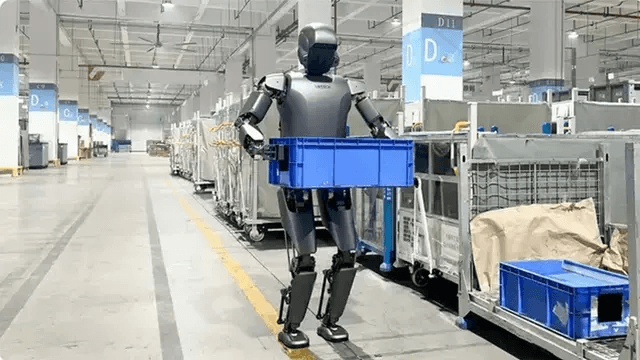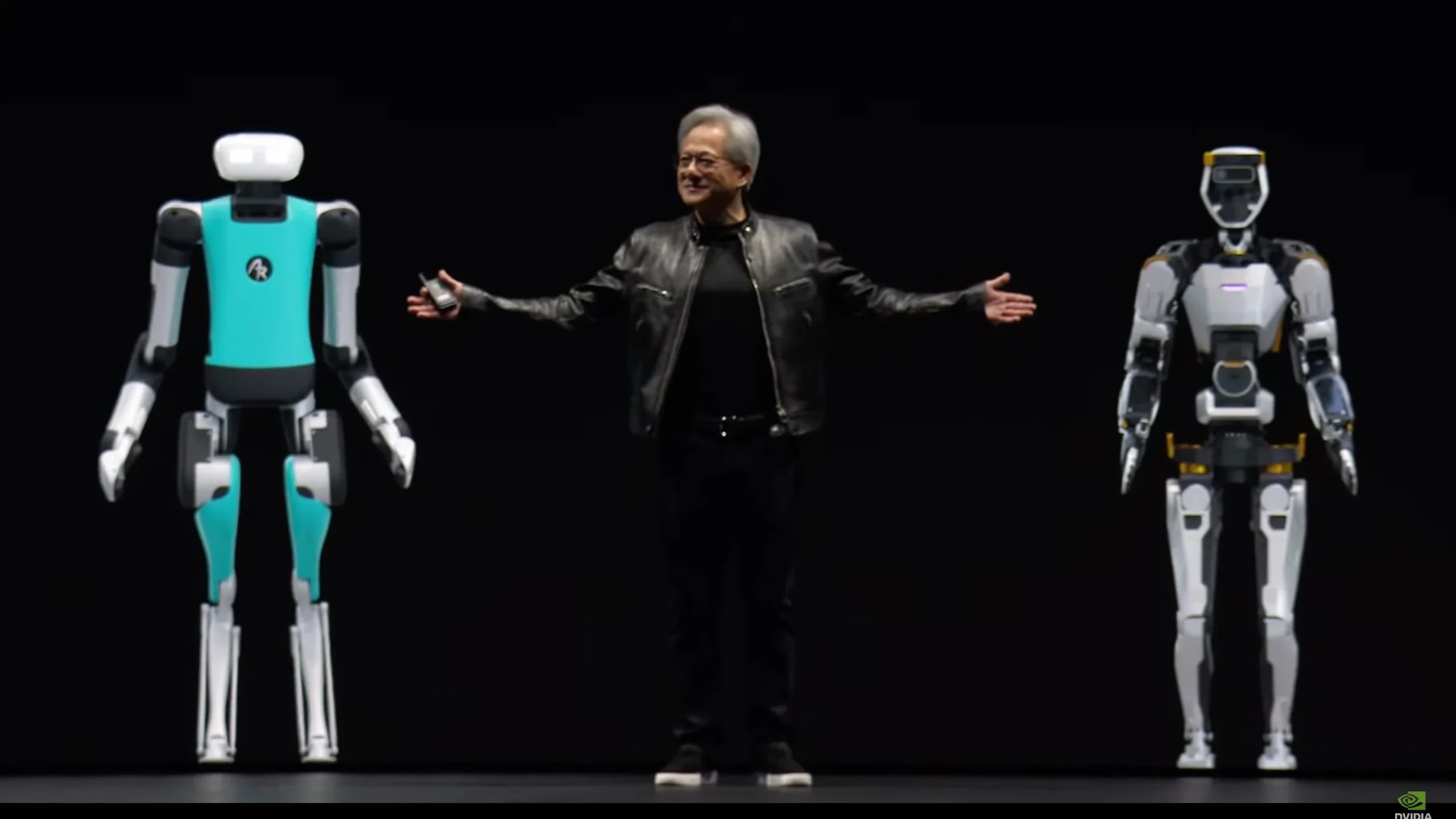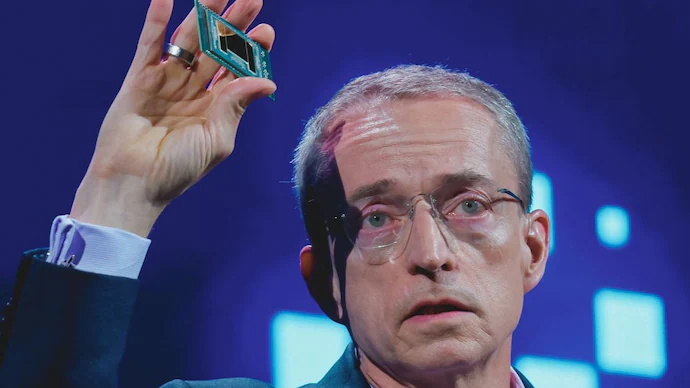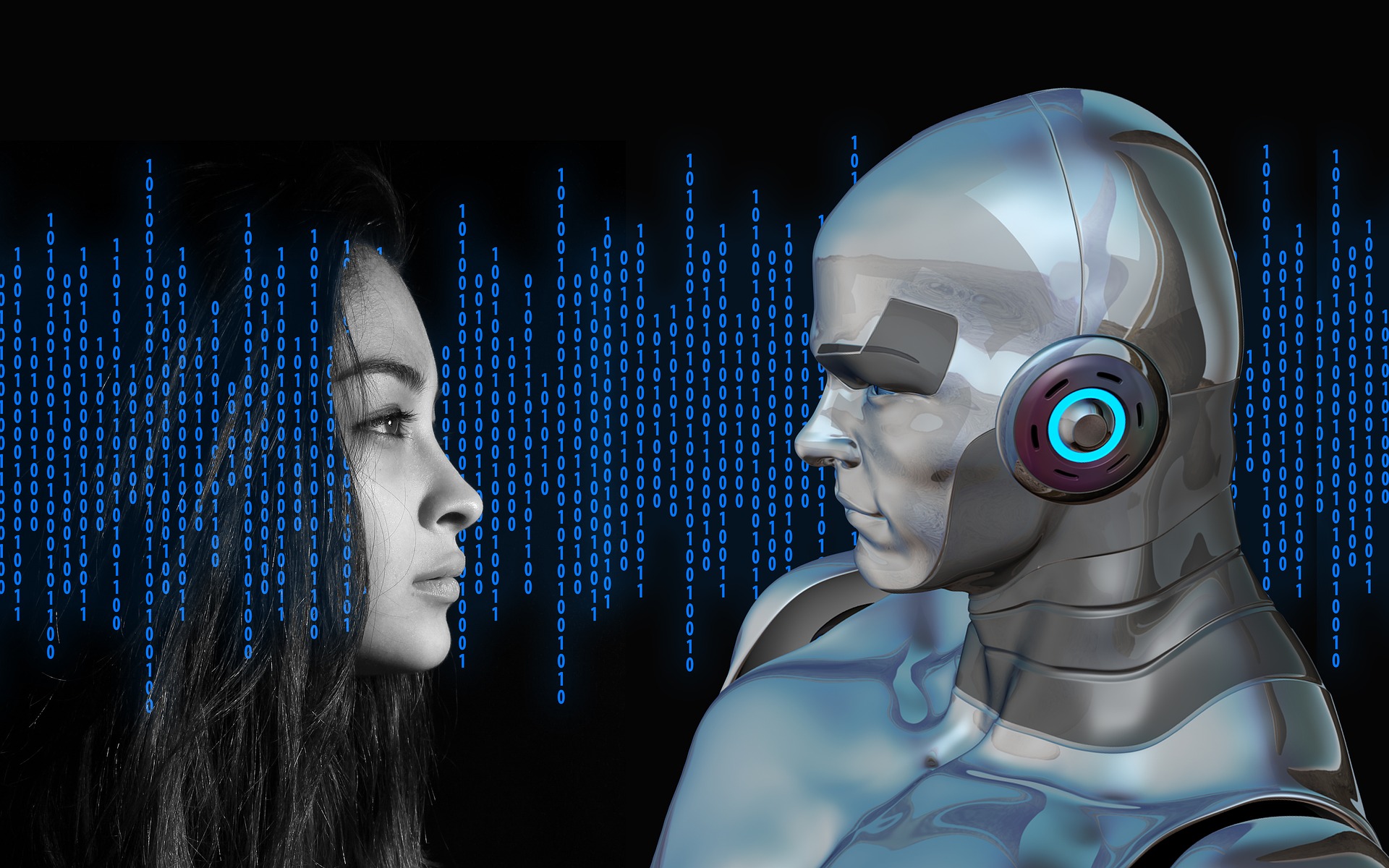
In the rapidly advancing world of artificial intelligence (AI) and robotics, ethical concerns about how machines will interact with humans are increasingly prevalent. While AI continues to revolutionize industries and everyday life, it also raises important questions about safety, control, and morality. One of the earliest and most enduring frameworks for addressing these concerns is the “Three Laws of Robotics,” created by science fiction writer Isaac Asimov. These laws were designed to ensure that robots act in ways that protect humans and prevent harm.
Though conceived in a fictional context, the Three Laws of Robotics have become an essential part of discussions about AI ethics. As robots become more integrated into our daily lives, from autonomous vehicles to AI-driven healthcare, the principles behind these laws remain incredibly relevant. Let’s explore these laws and their significance in the world of modern robotics.
What Are the Three Laws of Robotics?
Isaac Asimov introduced the Three Laws of Robotics in his 1942 short story “Runaround,” which is part of his collection I, Robot. These laws are intended as a built-in ethical code for robots, guiding their behavior to ensure human safety. The laws are as follows:
- First Law:
A robot may not injure a human being or, through inaction, allow a human being to come to harm. - Second Law:
A robot must obey the orders given it by human beings, except where such orders would conflict with the First Law. - Third Law:
A robot must protect its own existence as long as such protection does not conflict with the First or Second Law.
These laws seem simple on the surface but are incredibly profound. They establish a hierarchy where the protection of human life is paramount, obedience to human commands is secondary, and the robot’s self-preservation is the lowest priority. The brilliance of these laws lies in their balance: they ensure robots serve humanity without becoming dangerous or disobedient.
The First Law: Protecting Human Life
The First Law is the most crucial, stating that a robot must not harm a human or allow harm to occur due to its inaction. This principle underscores the idea that AI and robots must always prioritize human safety. In the real world, this law translates into the ethical programming of autonomous machines, especially in life-critical fields like healthcare, transportation, and defense.
For instance, in the development of self-driving cars, the technology is designed to avoid accidents and minimize harm to pedestrians and passengers. AI systems are continuously being trained to recognize and react to potential dangers. The spirit of Asimov’s First Law is already at work, even if we’re far from perfecting it.
The Second Law: Obeying Human Commands
The Second Law addresses the robot’s relationship with human beings, ensuring that it must follow human instructions unless doing so would cause harm. In a world where robots assist with everything from factory work to household chores, this law is critical in maintaining human authority over machines.
In today’s context, this law could apply to AI-driven customer service systems, industrial robots, and autonomous drones, where human operators issue commands that machines follow. However, ethical questions arise in fields like military robotics, where following orders could lead to human casualties, posing potential conflicts with the First Law. The challenge lies in programming robots to understand and prioritize human well-being in complex, real-world scenarios.
The Third Law: Preserving the Robot’s Existence
The Third Law ensures that robots have a basic instinct for self-preservation, but only as long as it doesn’t interfere with protecting humans or following commands. In practice, this would prevent a robot from damaging itself unnecessarily, helping ensure operational efficiency and longevity.
Modern robotics has already started to address this aspect through the development of fail-safe mechanisms, predictive maintenance, and self-repairing systems in machines. However, the Third Law also raises concerns about how robots might act when forced to choose between their survival and human safety, especially as AI grows more autonomous.
Limitations and Complexities of the Three Laws
Though elegant in their simplicity, the Three Laws of Robotics have limitations. In Asimov’s own stories, he explored the unintended consequences and ethical dilemmas that can arise when robots interpret these laws too rigidly. For example, a robot might prioritize a minor injury to one human over a larger, more complex threat to another because it cannot comprehend the nuances of moral decisions.
These challenges are even more pronounced in real-life AI applications. Machine learning algorithms do not have innate moral reasoning; they rely on data, programming, and context. One of the major challenges facing today’s AI developers is creating systems that can navigate the gray areas of human morality—something the Three Laws cannot fully address.
Additionally, Asimov’s laws assume that robots are benevolent and controlled, yet modern concerns about AI include fears of bias, malfunction, and the rise of superintelligent machines that could act unpredictably. The advancement of AI ethics requires a more flexible and comprehensive framework that considers these evolving threats.
The Relevance of the Three Laws Today
Even with their limitations, the Three Laws of Robotics provide an essential foundation for thinking about the ethical design and deployment of AI. They highlight the importance of safety, human oversight, and ethical programming in the development of intelligent machines.
As we move closer to a future where robots and AI are integral to industries like healthcare, transportation, and personal assistance, the principles behind the Three Laws remain a vital part of the conversation. Modern AI governance may expand beyond Asimov’s fictional rules, but the focus on ensuring that AI serves humanity safely and ethically will always be central.
Conclusion
Isaac Asimov’s Three Laws of Robotics, though fictional, offer a timeless framework for considering the ethical implications of AI and robotics. As the lines between science fiction and reality blur, these laws serve as a reminder that human well-being must always come first in the development of intelligent machines. While we face new challenges in ensuring that robots act safely and ethically, the fundamental goals of the Three Laws continue to resonate in the age of AI.






